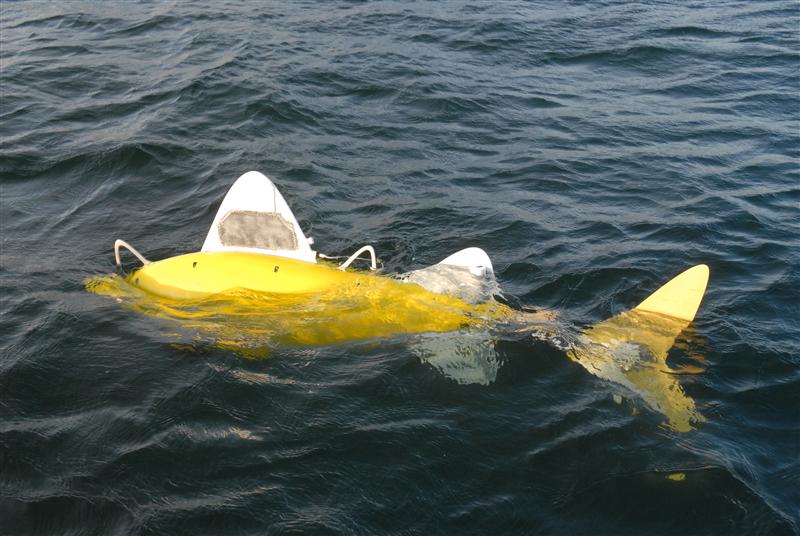Robotic fish to patrol for pollution in harbors
May 24, 2012 | Source: BBC News
Robo-fish — underwater robots that autonomously hunt down contamination in the ocean — are being test in Spain.
The robots were developed by the Shoal consortium, a European Commission-funded group from academia and business.
“The idea is that we want to have real-time monitoring of pollution, so that if someone is dumping chemicals or something is leaking, we can get to it straight away, find out what is causing the problem and put a stop to it,” explains Luke Speller, a senior scientist at the research division of BMT Group, a technology consultancy.
“At the moment, in harbors, they take samples about once a month,” says Mr Speller. “And in that time, a ship could come into the harbor, leak some chemicals somewhere, then it’s gone, all the way up the coastline.”
Inspired by nature
The robots, which measure about 1.5m long, closely mimic the their movements of fish.
“Traditional robots use propellers or thrusters for propulsion,” says Ian Dukes from the University of Essex. “The fin does lend itself for a really useful tool in shallow waters especially where there is a lot of debris. We can work in environments that are very weedy, and would usually snag up propellers.”
The fish use micro-electrode arrays to sense contaminants. In their current form, they can detect phenols and heavy metals such as copper and lead, as well as monitor oxygen levels and salinity.
One they’ve sniffed out a problem, the fish use AI to hunt down the source of pollution. They can work alone or in a team, communicating with each other using acoustic signals and they can continuously report back to the port.
